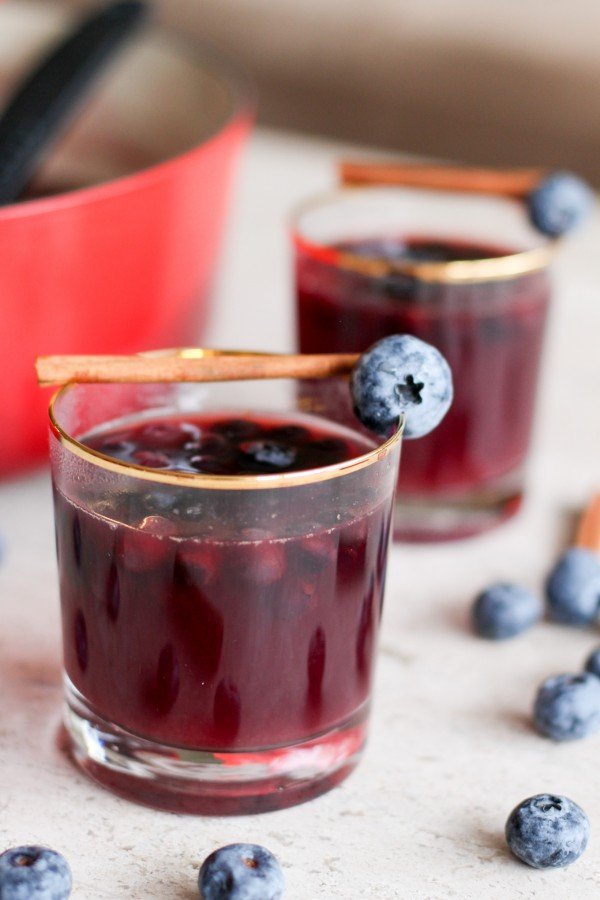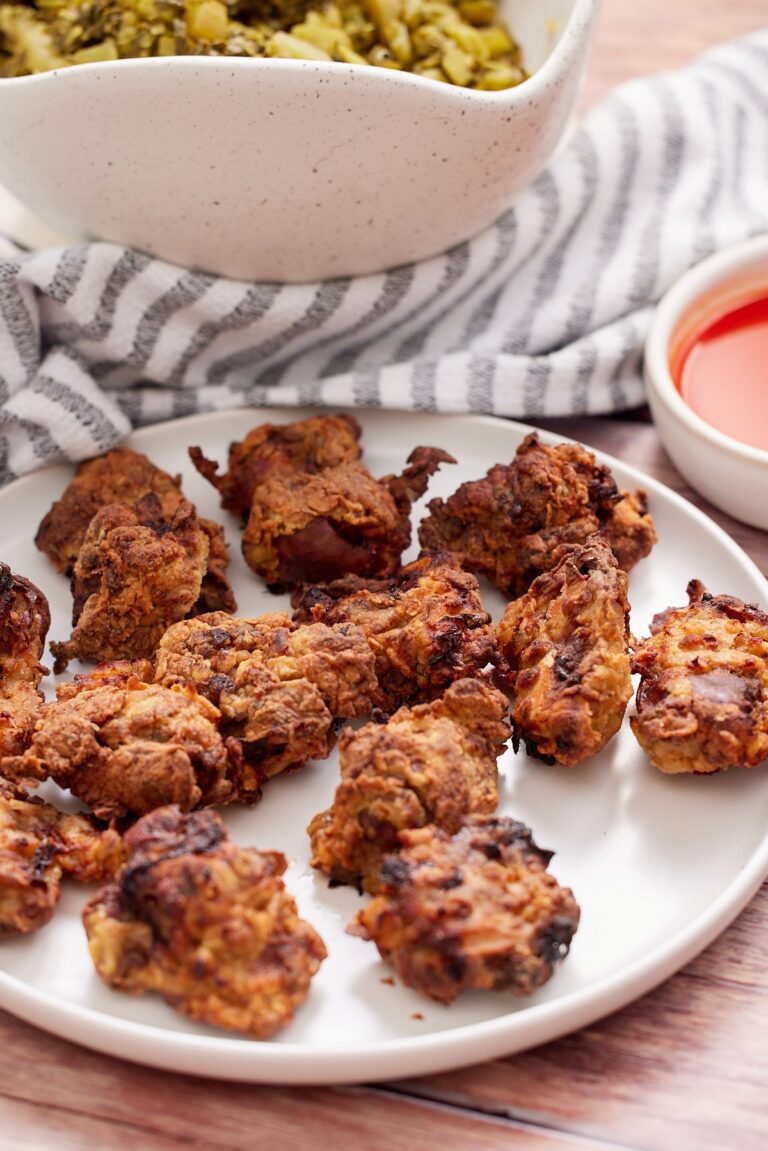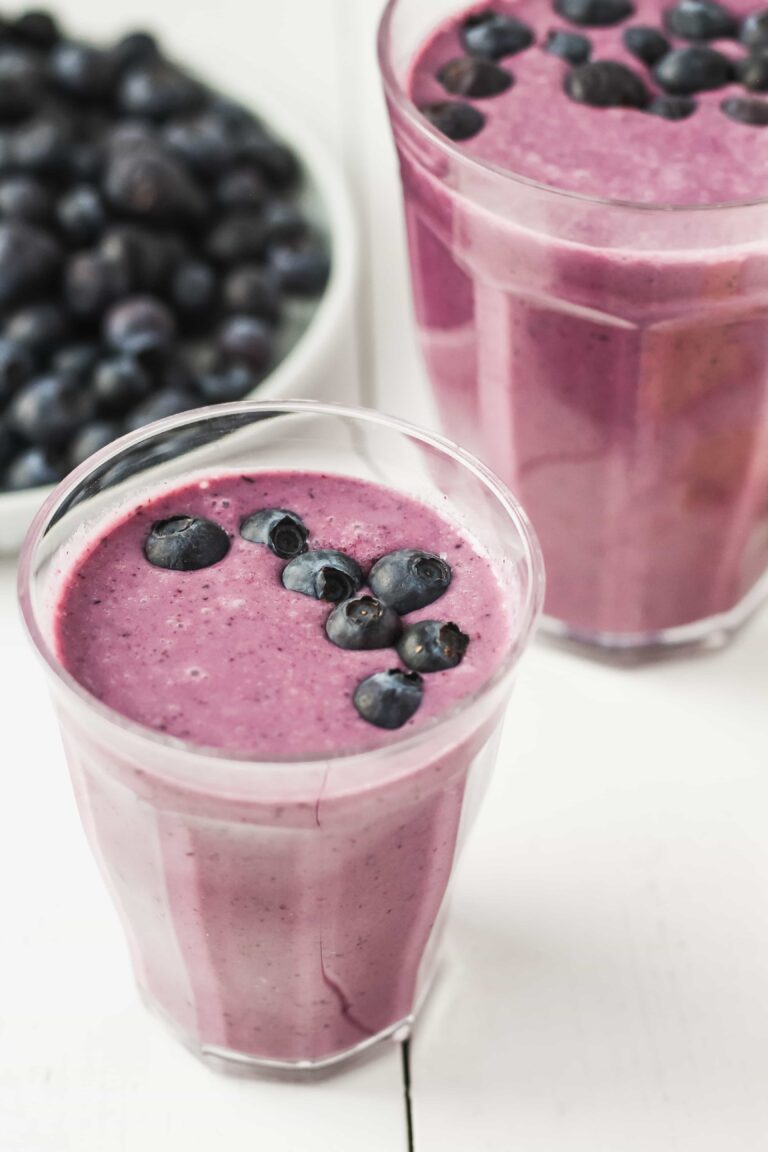Master The Adams Dry Fly Recipe: A Step-By-Step Guide
Looking to master the art of fly fishing? Well, look no further! The Adams Dry Fly Recipe is an essential technique every angler should have in their arsenal. So, what is the secret behind this classic fly pattern that has been enticing trout for decades? In this article, we will dive into the details, breaking down the ingredients and steps required to tie the legendary Adams Dry Fly. Get ready to embark on a journey of fly fishing excellence as we explore the ins and outs of the Adams Dry Fly Recipe. Let’s get started!
Adams Dry Fly Recipe
Introduction
The Adams Dry Fly is a classic pattern that has become a staple in every fly angler’s arsenal. It was originally created in 1922 by Leonard Halladay, and named after his good friend Charles F. Adams. The Adams Dry Fly imitates a variety of insects, making it versatile and effective on various fishing waters. In this article, we’ll explore the ingredients, materials, and step-by-step instructions for tying an Adams Dry Fly, as well as tips for fishing with it.
Ingredients and Materials
To tie an Adams Dry Fly, you will need the following ingredients and materials:
- Dry fly hook (sizes 12-18)
- Thread (6/0 or 8/0, grey or black)
- Tail fibers (grizzly hackle fibers or brown hackle fibers)
- Dubbing (grey or Adams gray)
- Hackle (grizzly or brown)
- Wing material (grizzly hackle tips or white calf hair)
- Hackle pliers
- Hackle gauge (optional, for consistent sizing)
- Scissors
- Bodkin (optional, for applying head cement)
Tying Instructions
Follow these step-by-step instructions to tie an Adams Dry Fly:
- Start by securing the dry fly hook in your vise, ensuring it is held firmly.
- Attach the thread to the hook shank, starting at the eye and working your way towards the bend.
- Prepare the tail fibers by selecting a few grizzly or brown hackle fibers. Measure them against the hook shank, making sure they extend to about the length of the hook’s body. Once measured, tie them in at the bend of the hook.
- Move the thread forward towards the eye, creating a smooth thread base as you go.
- Apply a small amount of dubbing to the thread and begin wrapping it around the hook shank, creating an even body. The dubbing should be thicker towards the thorax region and thinner towards the tail.
- Select a grizzly or brown hackle feather and prepare it by stroking the fibers towards the base to expose the stem. This will make it easier to tie in later.
- Tie in the hackle feather at the base of the wing, shiny side up. Make sure the first wrap catches the feather securely.
- Using hackle pliers, grab the hackle stem and begin wrapping it around the hook shank, making close wraps towards the eye. Maintain a smooth and even spacing between each wrap.
- Secure the hackle feather with a few wraps of thread and trim off the excess stem.
- Select a few grizzly hackle tips or white calf hair and measure them against the hook shank. The wing should extend slightly beyond the body of the fly.
- Tie in the wing material at the front of the hook, making sure it is centered on top of the body. Take a few wraps of thread to secure it in place.
- Trim the excess wing material and build a small thread head in front of it.
- Apply a small amount of head cement to the thread head for added durability.
- Finish off the fly by creating a neat thread whip finish and trim the thread.
Tips for Fishing with the Adams Dry Fly
Now that you have tied your own Adams Dry Fly, it’s time to take it to the water. Here are some tips for effectively fishing with this classic pattern:
- Observe the water to determine what insect the trout are actively feeding on. The Adams Dry Fly can imitate mayflies, midges, and even caddisflies.
- Match the size and color of your Adams Dry Fly to the natural insects present. Carry different sizes and variations in your fly box to cover a range of possibilities.
- Present the fly with a drag-free drift. This means casting upstream or across the current, allowing the fly to float naturally with the current.
- Use delicate presentations and avoid splashing the fly on the water. A gentle touch will increase your chances of fooling selective trout.
- Try different techniques such as dead-drifting, skittering, or twitching the fly to mimic the behavior of different insects.
- Pay attention to rises or subtle takes. Trout often sip Adams Dry Flies delicately, requiring a quick hookset.
- Consider using a dropper nymph below your Adams Dry Fly to target fish feeding below the surface.
The Adams Dry Fly has stood the test of time and continues to be a go-to pattern for fly anglers worldwide. Whether you’re fishing a hatch on a calm spring creek or targeting rising trout on a freestone river, the Adams Dry Fly is a versatile and effective choice. By following the step-by-step instructions and tips in this article, you’ll be well on your way to tying your own Adams Dry Flies and fooling trout on the water. So, grab your vise, gather the materials, and get ready to tie one of the most iconic flies in fly fishing. Happy tying and tight lines!
Adams Dry Fly
Frequently Asked Questions
What are the ingredients needed for an Adams dry fly?
The Adams dry fly recipe typically requires the following ingredients:
- Hook: Standard dry fly hook size 10-20
- Thread: Gray or black 6/0 or 8/0 thread
- Tail: Grizzly hackle fibers or brown rooster saddle fibers
- Body: Gray muskrat or gray dubbing
- Wing: Natural gray or dun-colored elk or deer hair
- Hackle: Grizzly or brown rooster saddle hackle
How do I tie an Adams dry fly?
To tie an Adams dry fly, follow these steps:
- Secure the hook in the vise and attach the thread.
- Wrap the thread around the hook shank to create a smooth base.
- Tie in a small clump of tail fibers at the bend of the hook.
- Trim the excess tail fibers to achieve the desired length.
- Dub the thread with gray muskrat or gray dubbing and wrap it around the hook shank, forming a tapered body.
- Tie in a small clump of elk or deer hair to create the wing.
- Trim the excess hair to achieve the desired length and shape.
- Select a grizzly or brown rooster saddle hackle and tie it in as a collar behind the wing.
- Make several tight wraps with the hackle to create a bushy appearance.
- Secure the hackle with a few wraps of thread and trim the excess.
- Finish the fly by adding a whip finish and trim the thread.
What type of water is the Adams dry fly effective in?
The Adams dry fly is a versatile pattern that can be effective in various water conditions. It is particularly successful in slower-moving or still waters where fish are rising to feed on insects on the surface. It mimics a wide range of mayflies and works well in both rivers and lakes.
Can the Adams dry fly be used for different species of fish?
Yes, the Adams dry fly is known to attract different species of fish, including trout, grayling, and panfish. Its realistic silhouette and presentation make it a reliable choice for imitating various mayfly species, which are a common food source for many fish.
Is the Adams dry fly suitable for beginners?
Yes, the Adams dry fly is a popular pattern for beginners due to its simplicity and effectiveness. It is relatively easy to tie and can consistently produce results on the water. The fly’s construction is forgiving, making it a great option for those new to fly tying and fishing.
Final Thoughts
The Adams dry fly recipe is a timeless classic in fly fishing. Its versatility and effectiveness make it a go-to pattern for anglers all around the world. The combination of its distinct silhouette, delicate hackle, and wing materials make it a perfect imitation of a variety of mayfly species. Whether you’re targeting trout in a serene mountain stream or casting in a bustling river, the Adams dry fly recipe will consistently produce results. Tie it on with confidence and watch as the fish rise to the surface, unable to resist its allure.





